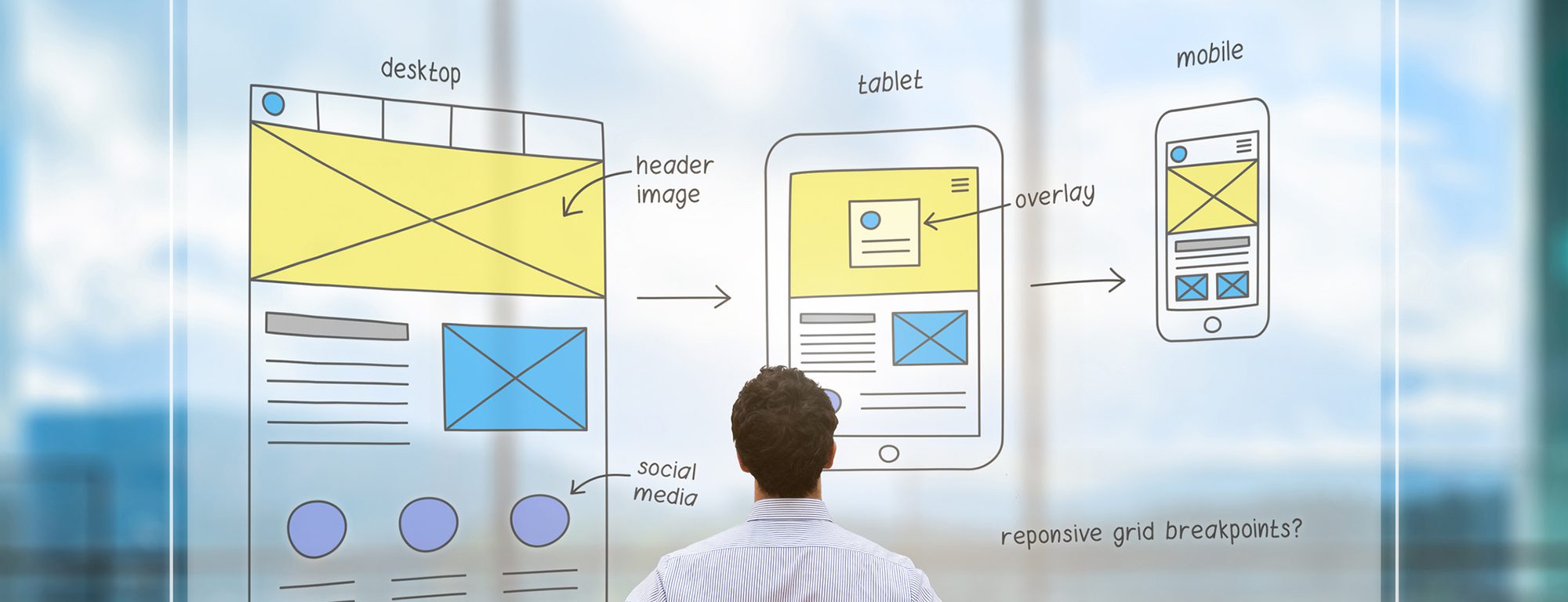Have you ever clicked on a website and seen one of those rotating image sliders in the top/hero section of the homepage? Also called a “carousel,” this feature allows you to rotate through multiple images, links, and copy so you can promote a bunch of different things in one spot. At a glance, having sliders on your homepage seems like a good idea. You’re able to present multiple options to website visitors in a single space, and they move! People like movement, right? Well, no.

In fact, image sliders aren’t just pointless, they can actually hurt your website. And web users really don’t like them all that much, anyway. Allow us to elaborate on our position (we also have data on our side).
The 4 Biggest Problems with Image Sliders
Having image sliders on your website is problematic for multiple reasons:
Sliders are a Distraction
Image sliders can be super distracting for people. When you’re skimming through a website’s content, any movement that happens on the page is going to grab your attention. The attention your slider is getting is attention taken away from other, more important objectives the user may have on your website.
For example, consider a prospective patient who is browsing your site and looking to request an appointment. Before they can navigate to the appropriate page, they get distracted by the movement in your image slider. This might divert the individual from booking an appointment and make them question what they should be doing next.

They’re a Drag on Your SEO
Image sliders have zero SEO value, and can in fact harm your website’s SEO performance, by:
- Making it harder for Google to crawl the site
- Slowing down your website’s loading speed
- Slowing/affecting your website’s functionality
In addition:
Sliders aren’t mobile-friendly
Remember, most people who are accessing your website are doing so through their mobile devices. Your website should be designed to suit a desktop and a mobile interface.
Sliders push copy below the fold
Image sliders also push all your relevant, main copy further down the page, below the fold where most people won’t see it. This hurts your conversions. While scrolling is something virtually everyone expects to do when browsing a website, it’s also true that most people won’t bother to scroll halfway down the page. If there’s information you need people to see right away, make sure it’s immediately visible--don’t force it down below the fold with an image slider that’s lending zero value to your website.
On the other hand, static images can also push content down the page. Consider how large you want your hero image to be, and how to draw your viewer's attention so they continue to scroll and see the content you want them to see.
They Limit the User’s Ability to Control Their Website Experience
One of the great things about the Internet is having control over your experience. In other words, you are able to decide what you get to see and browse around at your own pace.
With image sliders, you have less control over your experience because whether you like it or not, the slider is going to flip from one image to another, showing you content you weren’t originally looking for and which is probably not relevant to your needs. This is jarring and distracting, and takes some of your control out of your hands.

Most People Ignore Them
There are a few reasons why people might choose to ignore an image slider:
- It looks like an advertisement
- It cycles too quickly, making the content hard to read
- The variety of content flashing by in the slider can be confusing and overwhelming
Studies have been done to determine the effectiveness of image sliders, and the results point to them being ineffective at best. This study shows that only about 1% of users will click on a slider, and when they do, in most cases it’s only the first slide. So, a lot of people aren’t really looking at your slider or interacting with it. Whatever your objective is for the slider, it’s not being fulfilled.
While the aforementioned study was conducted almost 10 years ago, the general attitude towards image sliders in the web building community hasn’t changed much. In 2020, Yoast published an article on this very topic, with this opening statement: “Five years ago, we wrote about why we really don’t like sliders. We still don’t like sliders.” And Yoast isn’t the only source decrying the existence of sliders. Do a quick Google Search and you’ll see what we’re talking about.
Tips to Sharpen Your Website Design and Improve Conversions
A hero slider is not going to grow your dental practice. If anything, it will hurt your practice!
Here are some tips to create a better user experience on your website and meet your SEO goals:
- Stick with static images that complement your content
- Use high-value keywords in your copy
- Identify your conversion goals and have your website built around those goals
- Include bold, bright call-to-action elements and have them strategically placed where people will see them right away
- Allow the user to feel a greater sense of control over their experience/journey on your website, while also guiding them around for maximum engagement

Forget Image Sliders--Invigorate Your Website Design with InTouch
Image sliders are pointless features that distract, confuse, and frustrate website users. Your dental practice and website deserve better. InTouch is ahead of the curve when it comes to quality website design and SEO. First, we’ll work with you to identify the main goals for your website and your practice. Next, we’ll put those goals into practice with proven techniques to make your website look fantastic and perform to its fullest potential.
To find out more, get InTouch today by calling (877) 493-9003.
